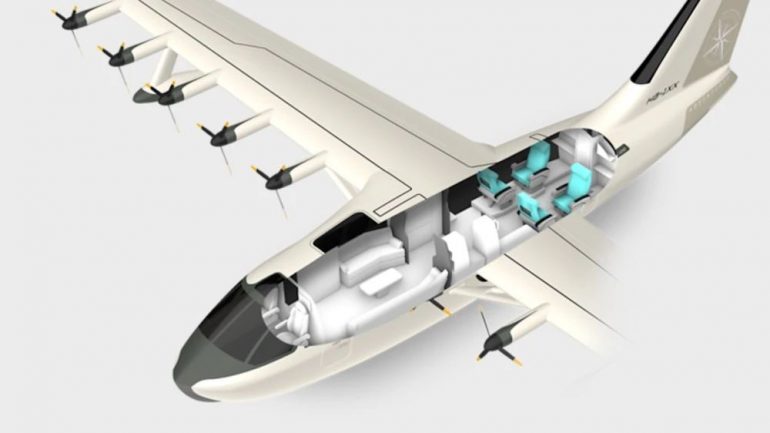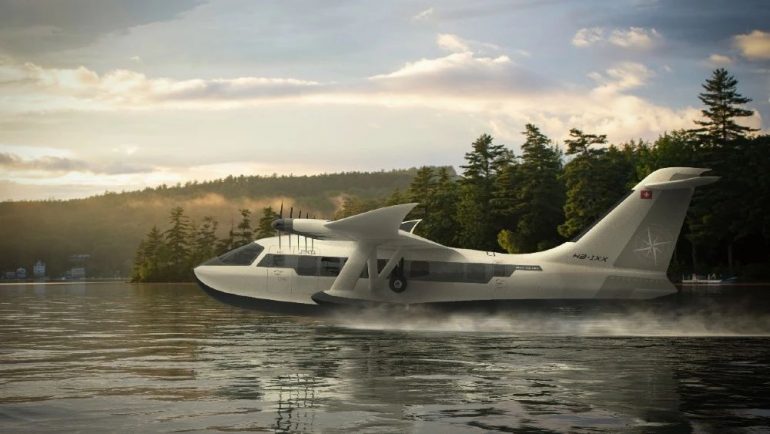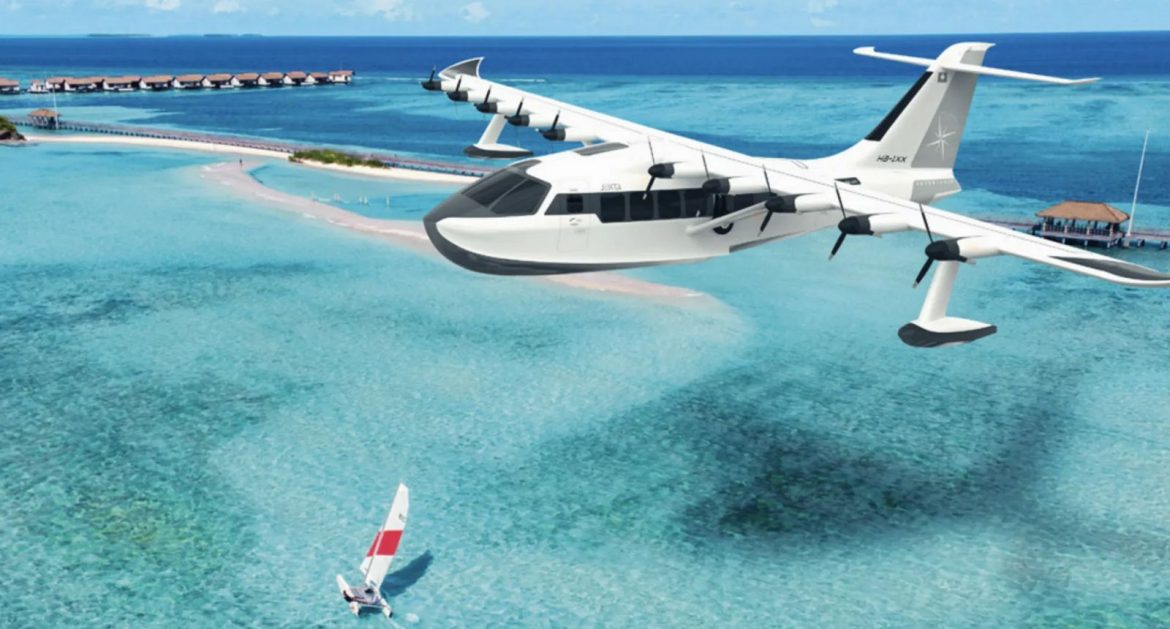Most of the zero-emission aircraft concepts we’ve seen thus far have been largely restricted to electric vertical takeoff and landing (eVTOL) flying crafts with limited seating. However, Switzerland-based startup Jekta Aviation’s PHA-ZE 100 follows a completely different approach by blending traditional aircraft design with futuristic zero-emissions propulsion technology. Revealed last year at the Abu Dhabi Air Expo, PHA-ZE 100 is an all-electric amphibious seaplane that can land on water. The PHA-ZE 100, which stands for Passenger Hydro Aircraft Zero Emissions, features the traditional fixed-wing design with 10 electric motors placed on the wing for propulsion.

The company says the fully-electric amphibious aircraft is perfect for transporting tourists to ecologically sensitive remote places and archipelagoes without causing damaging pollution like traditional gas-powered aircraft. “Suddenly, areas that were difficult to reach or had limitations due to ecological regulations are accessible,” George Alafinov, CEO of Switzerland-based Jekta, told Robb Report in an interview. The PHA-ZE 100 is claimed to have a maximum takeoff weight (MTOW) of around 19,000 lbs., a range of up to 94 miles, and a cruising speed of 135 knots (155mph).

Jekta Aviation will offer the electric aircraft in seven different cabin configurations. The standard layout will have enough seating for up to 19 passengers, while an executive layout will get four premium and nine economy seats. The range-topping VIP configuration will get a salon with couches and four seats, making it as premium and luxurious as the business-class seating of a Boeing 777 jet. Additionally, the PHA-ZE 100 can also be used an as air ambulance or a cargo aircraft for hard-to-reach locations. The aircraft might also be a great fit for the world of luxury yachting. Although, it might be a little too big to be used as an onboard aircraft, but a smaller version would be perfect.

Jekta is still working on the aircraft’s propulsion system and the battery unit. It is currently aiming for a 45-minute charge time, which would require high-voltage technology. However, it is considering the usage of hydrogen instead of battery-electric technology, which would allow for a better range. But the required infrastructure is still in its early days. Jekta Aviation has entered into an agreement with Swiss Aeropole to develop a production facility for the new seaplane and plans to start delivering the PHA-ZE 100 by 2028.

